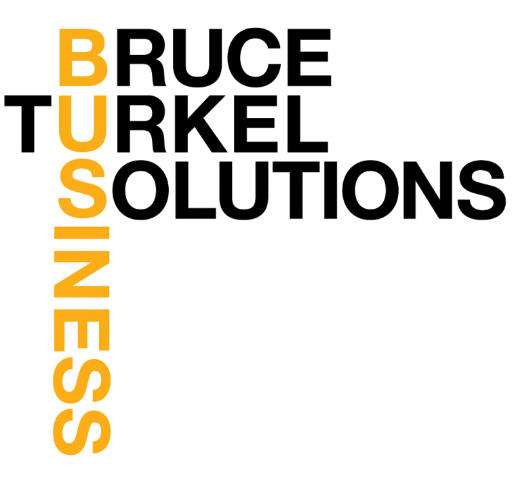 Building a better brand is like building a life. Both grow based on an ongoing series of conscious decisions, opportunistic occurrences, and reactions to unplanned events. Plus they both benefit (and potentially suffer) from a bit of luck and a lot of serendipity.
Building a better brand is like building a life. Both grow based on an ongoing series of conscious decisions, opportunistic occurrences, and reactions to unplanned events. Plus they both benefit (and potentially suffer) from a bit of luck and a lot of serendipity.
That being said, there is one thing that can make creating both a better brand and a better life a little bit easier and a little more successful. It’s as simple as having a plan. After all, if you don’t know where you’re going, how will you know when you get there?
You’d be surprised how many new business opportunities my branding firm gets where our potential clients know what tangible items they want us to create and produce but have no real idea what their company stands for or what their longer-range goals are. In other words, they understand they want a corporate ID program or a website or an online promotional plan or a brochure or an advertising campaign, but they don’t know what positioning the creative work should serve or what it should accomplish.
Sure they want more sales and they want more revenue and they want more profits but there are lots of different ways to skin those cats. The questions we ask are intended to get to a deeper understanding of who our new client is and what they want. We continue to peel back the onion with the simple question “Why?” until we get down to the real goals that our clients have for our work and their brands.
Building a better brand takes a lot of thinking and a lot of effort. But when your foundational work is properly done it’s that much easier. Your resulting messaging and positioning strategy will provide the clear direction to help blaze your path towards a better tomorrow.
Knowing exactly what your brand stands for and why it matters allows you to try new directions, embrace new technologies, and take calculated risks without losing the clear and consistent sense of who your company (or yourself) is. Having a clearly defined brand position continually reinforces the reasons why your authentic truth matters to your various audiences.
But a powerful sense of purpose also builds an unassailable buffer to protect you from the countless wrong turns that can pop up on the path to success. And so a clear brand is also a powerful defensive technique. Or, as the Scottish-American clergyman Peter Marshall said, “If you don’t stand for something you will fall for anything.”
Think about a simple marketing piece such as your corporate ID manual. This document clearly spells out what your brand’s visual language is: what typefaces, colors, margins, formats, etc. you can use to further your image and present yourself to the world.
Carefully following an intelligently crafted ID manual means no matter who codes your website or designs your store’s banners they will always support and reinforce your brand positioning. And while a properly created ID manual can encourage creative teams to be innovative and forward-thinking, it can also keep them from making the personal decisions that might delight the individual but damage the brand.
“No you can’t use that new font that makes the letters look like little logs. We’re an aerospace company, not a campground.”
“I don’t care if yellow is your favorite color, our corporate color is PMS 185.” (That’s fire engine red, BTW.)
Knowing who your brand is and what it stands for means you can protect yourself from bad decisions. It also means you can save the time, money, and effort spent chasing changes that ultimately make no difference to your brand. Instead they are suggested or demanded only to soothe an outsized ego or make someone look good. After all, many revisions don’t make a job better and they don’t make it worse. They just make it different.
What’s needed then — whether you want to build a better brand, lose weight, or decide what to do with the rest of your life — is the foresight to plan and the discipline to carry out that plan. As my running buddies like to say, “Plan your run and run your plan.” Or, to quote Marshall again, “Most of us know perfectly well what we ought to do; our trouble is that we do not want to do it.”
